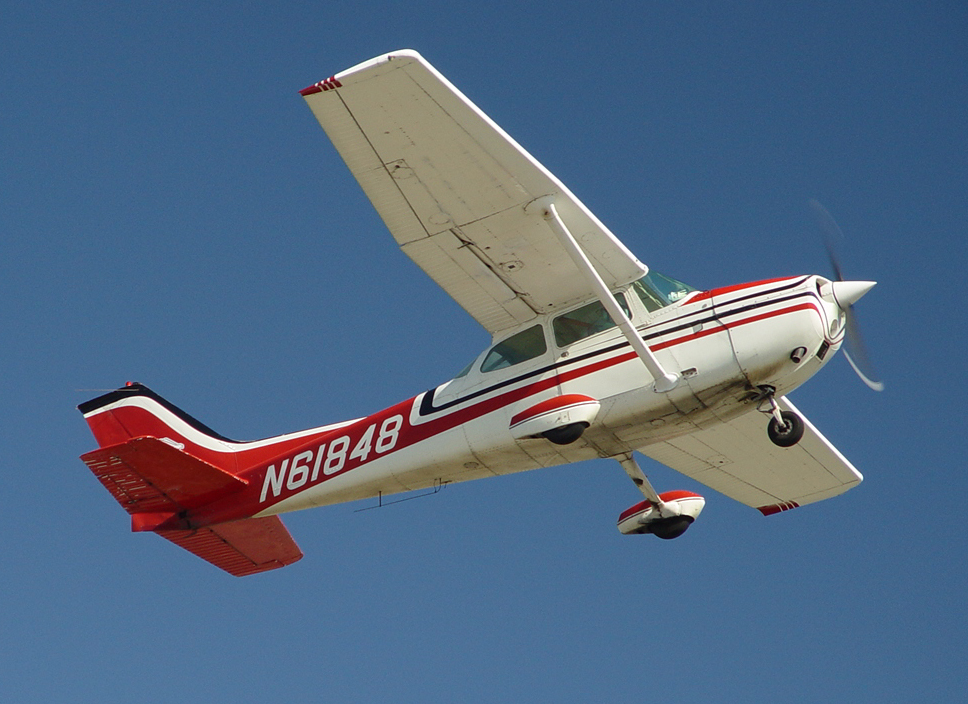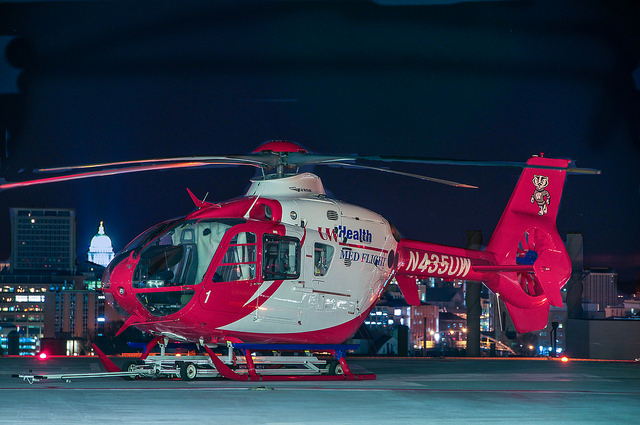Aircraft Types
Military fighter jets
Military fighter jets include the current F-35A and prior F-16C fighters deployed by the local 115th Fighter Wing of the Wisconsin Air National Guard, as well as occasional itinerant fighter jets such as T-38 and F-18 fighters that are based elsewhere.


Large jets
Large jet aircraft are defined here as turbo-fan powered aircraft with a maximum gross takeoff weight of at 20,000 pounds or more. This category includes commercial airliners serving the Dane County Regional Airport, as well as some larger general-aviation jets.


Small jets
Small jet aircraft include turbo-fan powered aircraft with a maximum gross takeoff weight of less than 20,000 pounds. These include business jets as well as some smaller commercial aircraft serving the DCRA.


Large propellor-driven aircraft
Large propellor-driven aircraft include propellor aircraft with a maximum gross takeoff weight of at least 12,500 pounds or having seating for 15 or more people. This category includes prop-driven commercial aircraft, some larger general-aviation aircraft and occasional itinerant military aircraft.


Small propellor-driven aircraft
Small propellor-driven aircraft include single-engine and twin-engine propellor aircraft with a maximum gross takeoff weight of 12,500 pounds or less and fewer than 15 seats. These are almost entirely general-aviation aircraft.


Helicopters
Helicopters are rotary-wing aircraft, including civilian Med Flight helicopters operating in the Madison area, as well as fleet of UH-60 Blackhawk helicopters deployed by the locally-based Wisconsin Army National Guard's 1st Battalion, 147th Aviation Regiment.


Other/Unknown
These are uncommon aircraft types such as ultralights or aircraft that are not readily identified from ADS-B data.